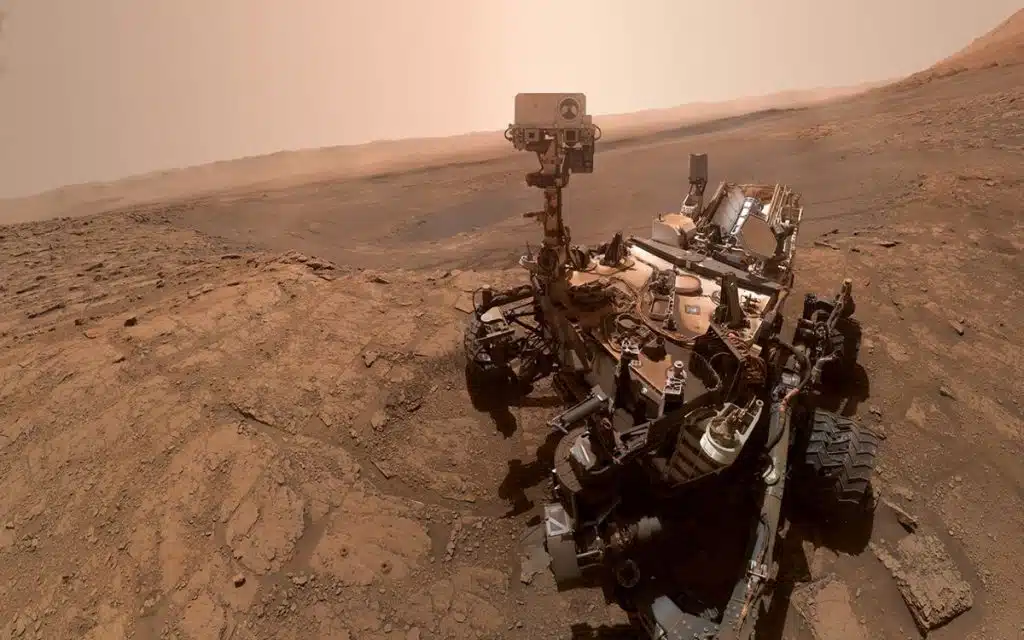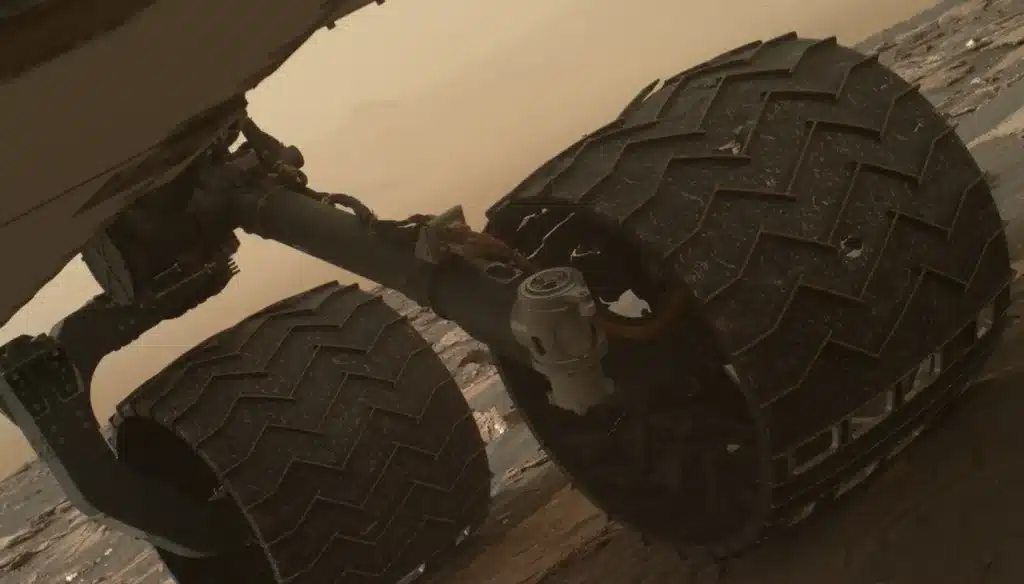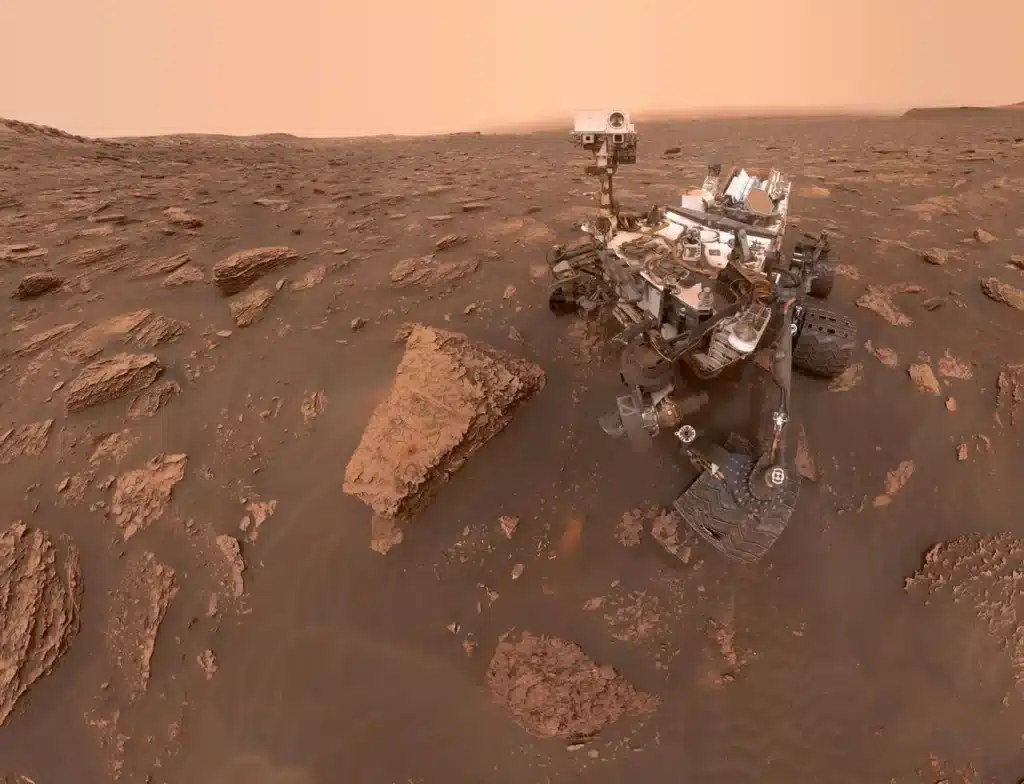NASA’s Curiosity Rover makes discovery on Mars that changes our understanding of the red planet
- NASA’s Curiosity rover just discovered something incredible on Mars
- The rover has been active for 4,600+ days
- It has so far covered around 30+ km on Mars
Published on Mar 30, 2025 at 8:14 AM (UTC+4)
by Alessandro Renesis
Last updated on Mar 27, 2025 at 12:42 PM (UTC+4)
Edited by
Kate Bain
Curiosity, one of the most advanced and newest rovers designed by NASA, just discovered something incredible on Mars.
The little rover identified organic-like molecules preserved in the planet’s mudstone.
This discovery stems from 12 years of analysis and research, but it’s further – potential – proof that there was life on Mars at some point.
Now just we have to wait for Mr Musk and SpaceX to take us there.
DISCOVER SBX CARS – Bid now on supercar auctions powered by Supercar Blondie
Groundbreaking news from Mars
NASA‘s Curiosity was launched in November 2011 and has spent the last 14 years collecting data from the red planet.
These molecules, embedded in mudstone, are the largest organic compounds ever found on Mars.
The presence of organic molecules, like alkanes, brings extra fuel to the fire for people who believe Mars once had conditions potentially suitable for life.

Although we should probably point out that this discovery obviously doesn’t directly confirm the existence of anything.
Yet.
About Curiosity and its multi-billion dollar mission

Curiosity is a tiny rover that’s been active on Mars for over 4,600 days.
It launched in November 2011 and was deployed nine months later in August 2012.
The rover is currently exploring Gale crater, which most scientists agree is actually a dry lake.
It’s 2.9 meters long and around 900kg in weight, making it roughly the same size and weight as the first-generation Smart car.

The little rover has been collecting data and sharing images for well over a decade, and it’s definitely done at good job so far.
Among other things, Curiosity discovered liquid water ripples on Mars. It also detected sulfur under the surface which, according to scientists, ‘shouldn’t be there.’
As of March 2025, Curiosity has covered a distance of nearly 30km on Mars.
According to NASA, Curiosity has a life-cycle cost north of $3 billion, although obviously this value will continue to go up due to inflation.
But the data and sheer brilliance it’s sent back are priceless.
DISCOVER SBX CARS: The global premium car auction platform powered by Supercar Blondie





